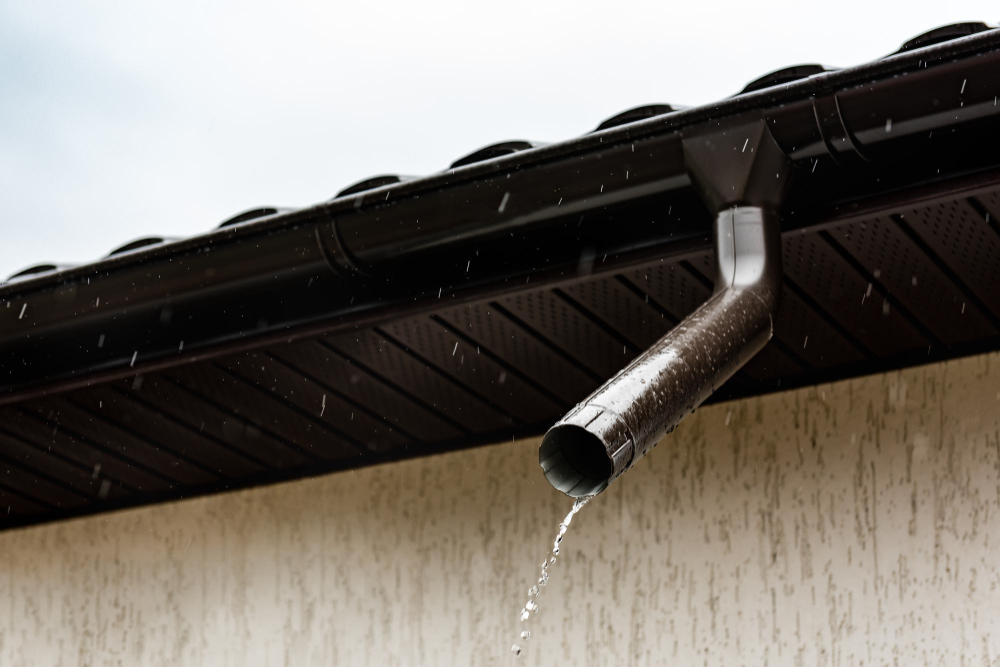 (888) 979-7969
(888) 979-7969
 (888) 979-7969
(888) 979-7969

Few household issues are as persistent and pervasive as a leaking roof. The pitter-patter of rain inside your home is more than a nuisance, it's often the sign of a larger problem. In this comprehensive guide, we will delve into the multifaceted reasons your roof may be leaking, and most importantly, how enlisting the help of an adept insurance claims adjuster in Orlando, FL could salvage not just your home, but your peace of mind.
Before we unfurl the toolkit for understanding various leak triggers, it's essential to recognize when a leak is happening. Some indicators of a leak are quite apparent, such as the intrusion of water into your living space. However, subtle signs may precede the more noticeable ones. These include:
Each indicator serves as a clue, guiding you to the source of the leak.
Understanding the common causes of roof leaks can help you moderate or even prevent potential water damage. Here are some notorious suspects:
When a leak is more than just a minor inconvenience, seeking the expertise of an insurance claims adjuster can be invaluable. Here's how:
A professional will thoroughly inspect and document the extent of the damage, ensuring you can provide your insurer with a comprehensive report.
Insurance claims can be complex, but a seasoned adjuster understands the intricacies of maximizing your policy benefits to facilitate a swift resolution.
An adjuster will not only assess the damage but can also oversee the restoration process, ensuring that your property is returned to pre-loss condition.
With experience in the field, they can recommend reputable contractors and provide guidance on how to prevent future damage.
Prevention is always better than cure, especially when it comes to your home's roof. Consider the following proactive measures to keep your roof leak-free:
Opting for a proactive stance can significantly reduce the likelihood of experiencing a serious roof leak.
Recognizing when DIY efforts are insufficient is crucial. Professional intervention is warranted in the following scenarios:
Seeking professional help can mitigate risks and ensure a thorough and lasting repair.
A roof leak's implications extend beyond immediate inconvenience. They can lead to structural damage, mold growth, and negatively affect your home's value. Choosing a proactive approach to maintenance, promptly addressing any damage, and, when necessary, enlisting the aid of a skilled insurance claims adjuster in Orlando, FL, can prevent a minor leak from spiraling into a significant issue.
Remember, your roof is not just the first line of defense against nature—it's a significant investment in your home's protection and longevity. Taking the time to understand the reasons behind potential leaks and acting judiciously can be the difference between a brief water intrusion and a costly calamity.
If you recognize any of the indicators listed in this guide, don't hesitate to take action. Contact Ultra Property Damage for expert assistance with your roofing concerns and insurance claims in Orlando, FL. Our team of dedicated professionals is here to ensure that your home is safeguarded against the elements, no matter the season.